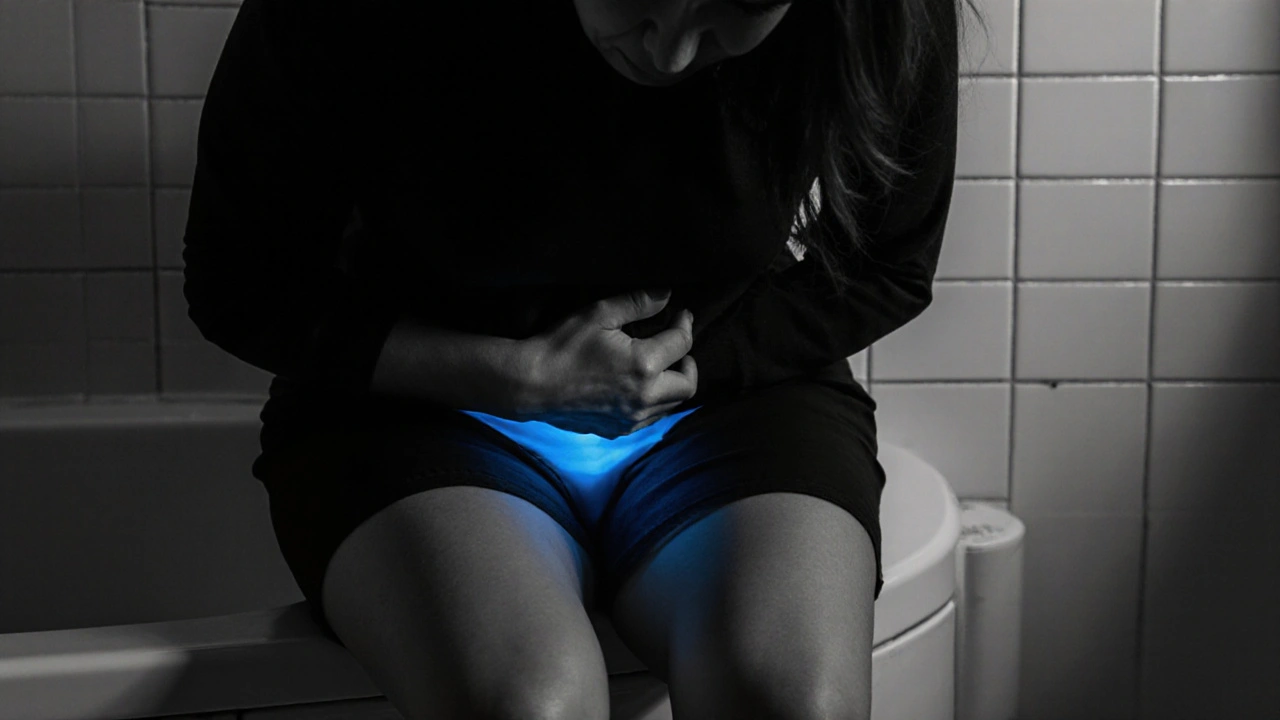Interstitial Cystitis Pain: Understanding the Condition and Finding Relief
When dealing with interstitial cystitis pain, a chronic bladder condition that causes intense pelvic discomfort, urinary urgency and burning sensations. Also known as painful bladder syndrome, it often coexists with chronic pelvic pain, persistent pain in the lower abdomen and pelvis, and may be aggravated by dietary triggers, specific foods and drinks that irritate the bladder lining. Effective relief usually involves pelvic floor therapy, targeted exercises and manual techniques that relax the muscles around the bladder. Understanding these connections helps you create a plan that tackles the problem from several angles.
Key Factors in Managing Interstitial Cystitis Pain
The first step is to identify the personal triggers that make symptoms flare up. Many patients notice that citrus fruits, coffee, spicy foods, or artificial sweeteners worsen the burning feeling. Keeping a simple food diary for two weeks often reveals the pattern, and eliminating the culprits can cut pain by up to 30 % according to recent patient surveys. Once the diet is under control, most clinicians recommend a gentle stretching routine for the pelvic floor. Tight muscles increase bladder pressure, so regular, low‑impact exercises – like yoga poses that focus on the hips and lower abdomen – can reduce urgency and discomfort.
Medication plays a supportive role, but it isn’t the whole story. Oral antihistamines, tricyclic antidepressants, or bladder‑instilled dimethyl sulfoxide can calm inflammation, yet they work best when paired with lifestyle tweaks. Think of it as a three‑leg stool: diet, physical therapy, and pharmacology each bear part of the weight. Skipping any leg makes the whole structure unstable, which explains why many patients experience only temporary relief when they rely on a single approach.
Beyond the basics, there are advanced options for people whose pain remains stubborn. Neuromodulation techniques, such as sacral nerve stimulation, have shown promise in clinical trials by altering the nerve signals that tell the bladder it’s full. Bladder hydrodistention – gently filling the bladder with fluid under anesthesia – can give a short‑term “reset” for some. While these procedures sound intimidating, they are usually considered only after conservative measures have been exhausted, reinforcing the idea that early, consistent self‑care is the most cost‑effective path.
Putting the pieces together, a typical management plan might look like this: start a food log, cut out known irritants, begin a pelvic floor routine under a therapist’s guidance, and discuss medication options with your doctor. Track your progress weekly; note any changes in urgency, frequency, or pain intensity. Over time you’ll see which combination works best for you. interstitial cystitis pain is a challenging condition, but with the right mix of diet, therapy, and medication you can regain comfort and confidence. Below you’ll find a curated collection of articles that dive deeper into each of these strategies, offering practical tips and real‑world examples to help you take control of your health.
How Abduce Drug Relieves Pain in Interstitial Cystitis Patients
- Laura Ledas
- Sep, 9 2025
Explore how Abduce drug works, its dosage, clinical evidence, side effects, and practical tips for managing interstitial cystitis pain effectively.
Learn More